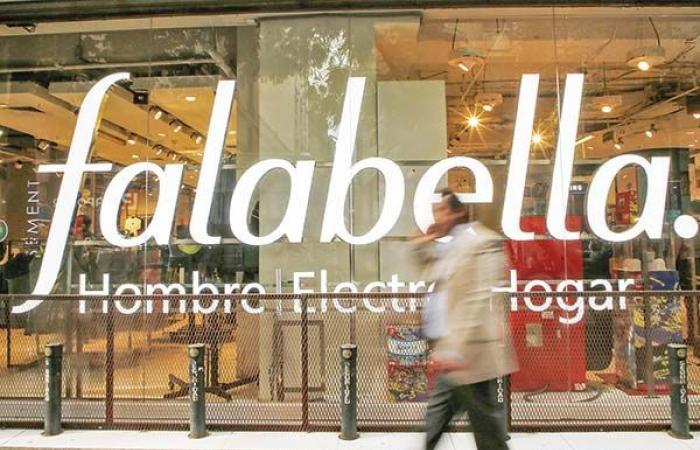After Falabella went through one of its worst crises, where the financial debt reached its ebitda 8.6 times and with large losses, the retailer managed to close the first quarter of 2025 with clear signs of being consolidating its recovery process.
At the close of the market, the firm linked to the Solari and Del Río published its results as of March this year, in which it registered a growth of 9.1% in its income, reaching $ 2,653,179 million; and an improvement in its Ebitda margin, which reached 15.1%.
This led to Falabella tripled its profits compared to the same period last year, reporting profits for $ 192,007 million, compared to $ 58,500 million that won between January and March 2024.
“during the first quarter of 2025 we maintained a solid performance and continued to strengthen the leadership of Grupo Falabella in a macroeconomic environment that advances towards normalization. We improve the profitability and strengthen our five growth engines -Sodimac, Falabella Retail, Tottus, Mallplaza and Banco Falabella- with a commercial proposal increasing Efficient, ”wrote its general manager, Alejandro González.
The net financial debt on EBITDA – the main indicator that observes the market so that the multilatine recovers its investment grade – fell from a ration of 2.6x to 2.5x, within the margins that accommodate the firm and that are valued in the sector.
-By business area
As explained by the company, during the first quarter its five business areas showed advances in their performance.
For example, Falabella Retail registered an increase in its 18.9% income compared to January-March 2024. In the case of Chile, Falabella alluded to “improvements in the multispecialist commercial proposal” and “a greater influx of tourists to our stores.”
Sodimac also experienced an increase of 7.3% in its income, with increases in all the markets in which it is present.
On the other hand, the sales of the Tottus supermarket chain rose 8.7% year -on -year, which Falabella attributed to the optimization of margins, the strengthening of the supply of food and improvements in the shopping experience both in physical and digital stores.
Meanwhile, the banking business maintained a “stable evolution”, with placations that grew 2.1% year by year; and, finally, Mallplaza – the subsidiary of shopping centers – increased its consolidated income by 36.8%. This growth was explained by the consolidation of its assets in Peru (Mallplaza and Open Plaza), the indexation of contracts, higher parking income and the opening of Mallplaza Cali.






